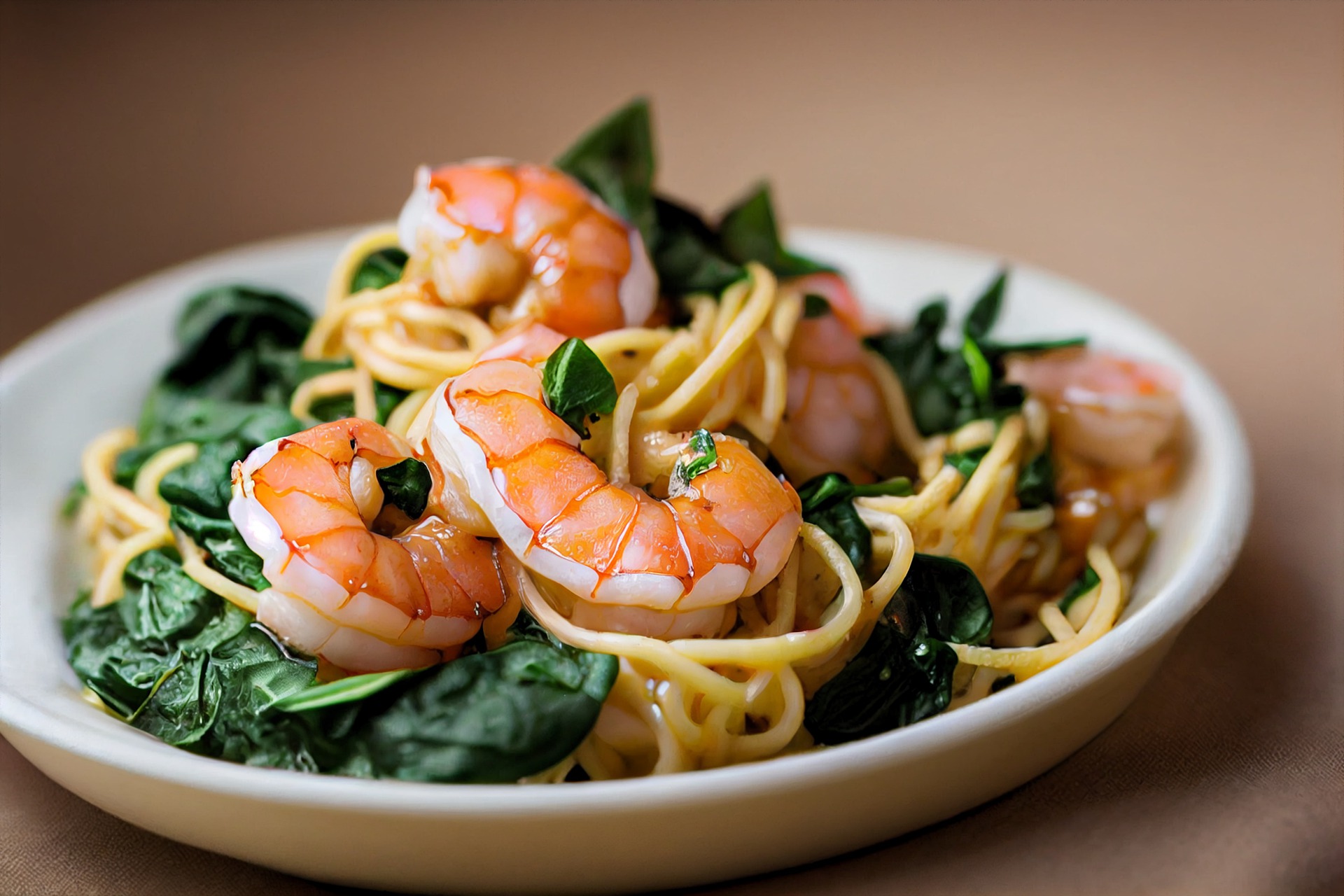Elevating Your Culinary Adventure with Edible Flowers
We often admire flowers for their aesthetic appeal, but have you ever considered incorporating them into your meals? Edible flowers have been gaining popularity in the culinary world, becoming a trendy component in many dishes. Not only do they add a splash of color and an element of surprise to your plate, but they also offer a unique taste and nutritional benefits. Let's explore the world of edible flowers!

A Blooming Trend in the Culinary World
Edible flowers are not a new concept. They have been used in cooking for thousands of years, especially in Roman, Chinese, Middle Eastern, and Indian cultures. However, they have recently seen a resurgence in popularity, particularly among chefs seeking to create visually stunning dishes. Restaurants worldwide are embracing the trend, using edible flowers to enhance the presentation of their dishes and provide a unique flavor profile.
A Spectrum of Flavors and Aromas
Edible flowers bring a diverse array of flavors to the table. Some flowers, like marigold and chrysanthemums, have a slightly spicy or peppery taste. Others, such as lavender and hibiscus, are known for their sweet and fragrant flavors. Violets and roses can offer a floral taste, while nasturtiums and dandelions can add a tangy bite to your dish. The possibilities are endless, allowing you to experiment with different combinations and find your favorite flavors.
Nutritional Powerhouses
Beyond their culinary appeal, edible flowers are also recognized for their health benefits. They are packed with vitamins, minerals, and antioxidants, making them a nutritious addition to your diet. For instance, roses are rich in vitamin C, while dandelions contain high amounts of vitamin A and K. Edible flowers also have various medicinal properties - lavender is known for its calming effects, while chamomile can aid digestion.
Incorporating Edible Flowers into Your Meals
There are countless ways to incorporate edible flowers into your meals. They can be used as garnishes for salads, soups, and desserts. They can also be incorporated into beverages, like teas and cocktails, for added flavor and visual appeal. Some adventurous cooks even use them in main dishes, adding an unexpected twist to traditional recipes.
A Word of Caution
While edible flowers offer many benefits, it’s crucial to remember that not all flowers are safe to eat. Some can be toxic or cause allergic reactions. Always ensure that you’re using flowers specifically grown for consumption, and do your research before adding any new flower to your diet.
Extra Food for Thought
-
Always wash edible flowers thoroughly before using them to remove any pesticides or dirt.
-
Introduce new flowers into your diet one at a time to gauge any potential allergic reactions.
-
Remember, the flavor of a flower can change based on the time of day it is harvested.
Exploring the world of edible flowers can elevate your culinary experiences, offering a unique blend of beauty, flavor, and nutrition. So why not take a leap and start incorporating these floral delights into your meals? Your taste buds (and Instagram followers) will thank you.






